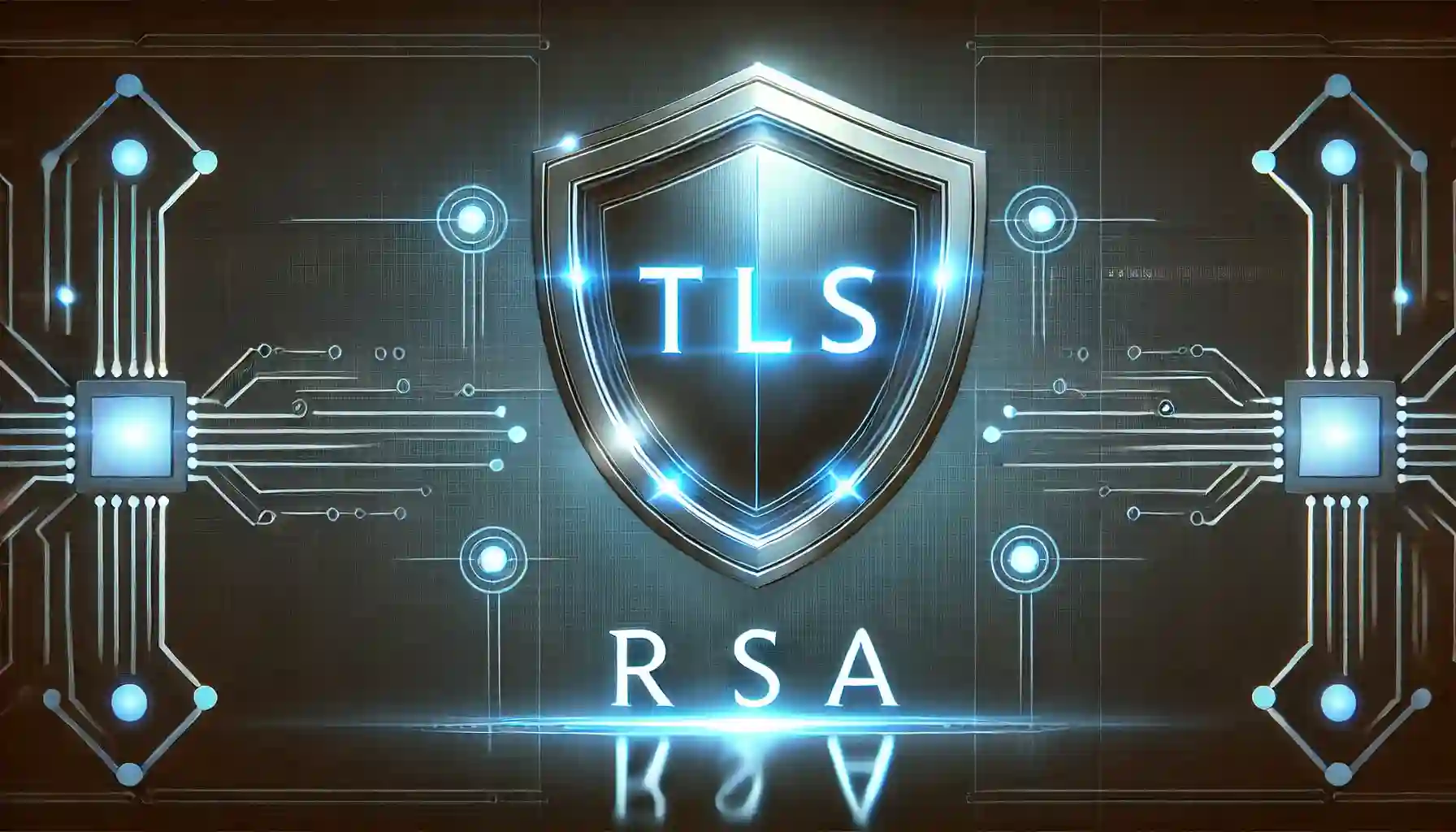How TLS Secures Your Browser-Server Communication (Step-by-Step)

Ever wondered how your browser securely communicates with websites? Today, I explored how SSL/TLS encryption protects our data online. Let’s break it down!
🔐 What is TLS and Why is it Important?
TLS encryption is the foundation of HTTPS, ensuring that sensitive data like passwords and credit card details remain private and secure. Without it, attackers could intercept and manipulate data during transmission (Man-in-the-Middle - MITM Attack).
- SSL (Secure Sockets Layer) is an outdated and insecure protocol with known vulnerabilities (SSL 2.0 and 3.0 are deprecated).
- TLS (Transport Layer Security) is the modern standard, with TLS 1.2 and TLS 1.3 being widely used today.
- While people often say "SSL/TLS," most modern HTTPS connections actually use TLS, even if they are referred to as "SSL certificates."
This post covers TLS 1.2 with the RSA key exchange method. While TLS 1.3 removes RSA key exchange with ECDHE, we will compare TLS 1.2 and TLS 1.3 at the end.
🔑 Step 1: Key Generation
Developers generate an RSA key pair:
- Private key 🔒 (kept secret, used to decrypt).
- Public key 📢 (shared via a TLS certificate, used to encrypt).
Configuration:
- Configure the private key on the server (e.g., Nginx, Java keystore, Apache, or another system).
- Submit the public key to a Certificate Authority (CA) and request a TLS/SSL certificate.
- Once issued, configure the TLS certificate on the server (e.g., Nginx, Apache, or a cloud provider).
🔄 Step 2: Secure Browser-Server Communication
1️⃣ TLS Handshake
- The client (browser) sends a ClientHello message to start a secure connection.
- The server responds a ServerHello with its TLS certificate (which contains the public key).
- The browser verifies the certificate's validity.
2️⃣ Key Exchange (Establishing a Shared Session Key)
- The browser encrypts a session key using the public key (RSA encryption).
- The browser sends the encrypted session key to the server.
- The server decrypts the session key using its private key.
🎉 At this point, both the client & server have a shared session key!
3️⃣ Secure Data Transmission (Encrypted Communication Using AES)
- The client encrypts the request using the session key (AES encryption).
- The server decrypts the request using the same session key (AES decryption).
🎯 Now, the server successfully receives the secure request!
- The server encrypts the response using the shared session key (AES encryption).
- The client decrypts it using the same session key (AES decryption).
🎯 Now, the client successfully receives the secure response!
🔀 Why Use Both RSA and AES?
- RSA (Asymmetric Encryption): Used to securely exchange the session key but is computationally expensive.
- AES (Symmetric Encryption): Once the session key is exchanged, AES takes over for fast, efficient data encryption and decryption.
📌 Summary of Encryption:
1️⃣ RSA secures the key exchange.
2️⃣ A shared session key is established.
3️⃣ AES encrypts data for fast, secure transfer.
🔍 TLS 1.2 vs TLS 1.3: What’s the Difference?
🔑 How ECDHE Works in TLS 1.3
In TLS 1.3, the RSA key exchange is completely removed in favor of Ephemeral Elliptic Curve Diffie-Hellman (ECDHE), which provides Perfect Forward Secrecy (PFS).
Here’s how ECDHE works:
- ClientHello & ServerHello: The client and server agree on an elliptic curve to use for key exchange.
- Ephemeral Key Generation: Both the client and server generate their own temporary key pairs (a private key and a corresponding public key).
- Public Key Exchange: They exchange their public keys with each other.
- Shared Secret Derivation: Each party uses its private key and the received public key to compute a shared secret.
- Session Key Creation: The shared secret is used to derive a unique session key, ensuring that even if a private key is compromised later, past communications remain secure.
TLS 1.2 and TLS 1.3 Comparison
| Feature | TLS 1.2 (RSA Key Exchange) | TLS 1.3 (ECDHE Key Exchange) |
|---|---|---|
| Public Key Usage | Encrypts the session key | Only for authentication |
| Key Exchange Method | RSA (or ECDHE for PFS) | ECDHE (Perfect Forward Secrecy) |
| Security Level | Can be broken if private key leaks | More secure due to PFS |
| Performance | Slower | Faster |
TLS 1.2 and 1.3 both provide encryption to protect your data, but TLS 1.3 is faster and more secure due to Perfect Forward Secrecy. Always use HTTPS and up-to-date TLS versions for better security! 🔐🚀